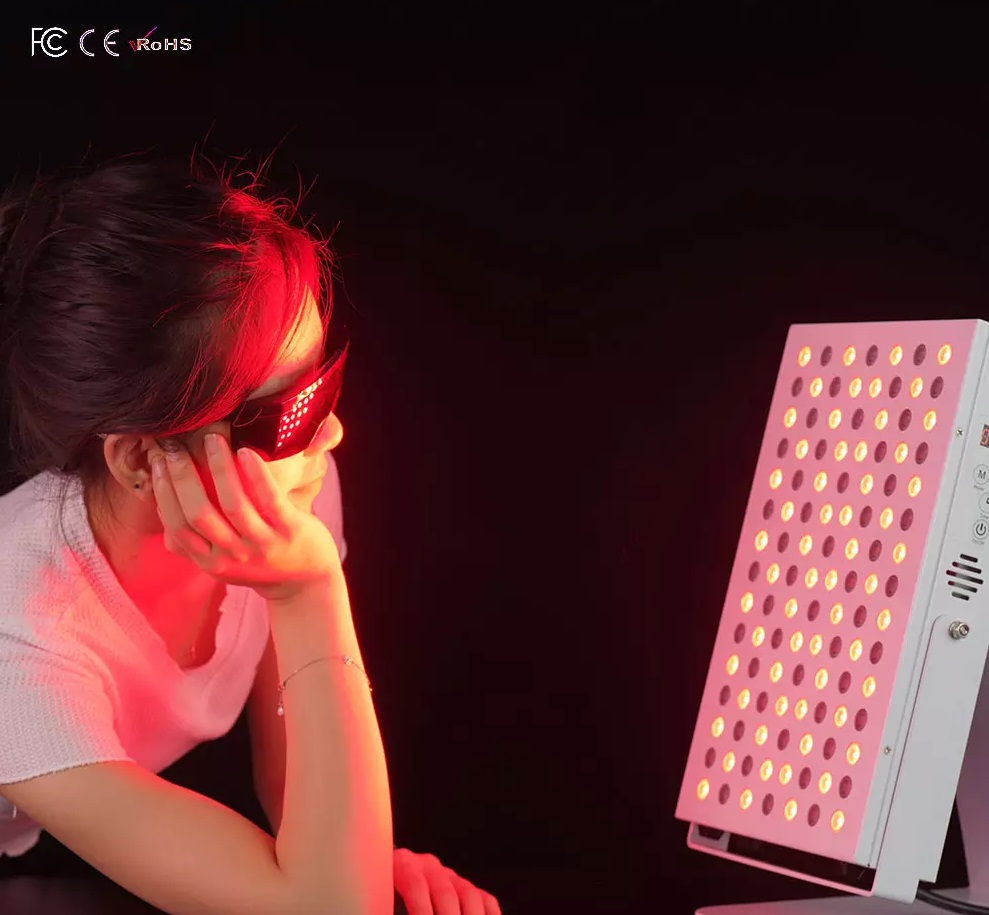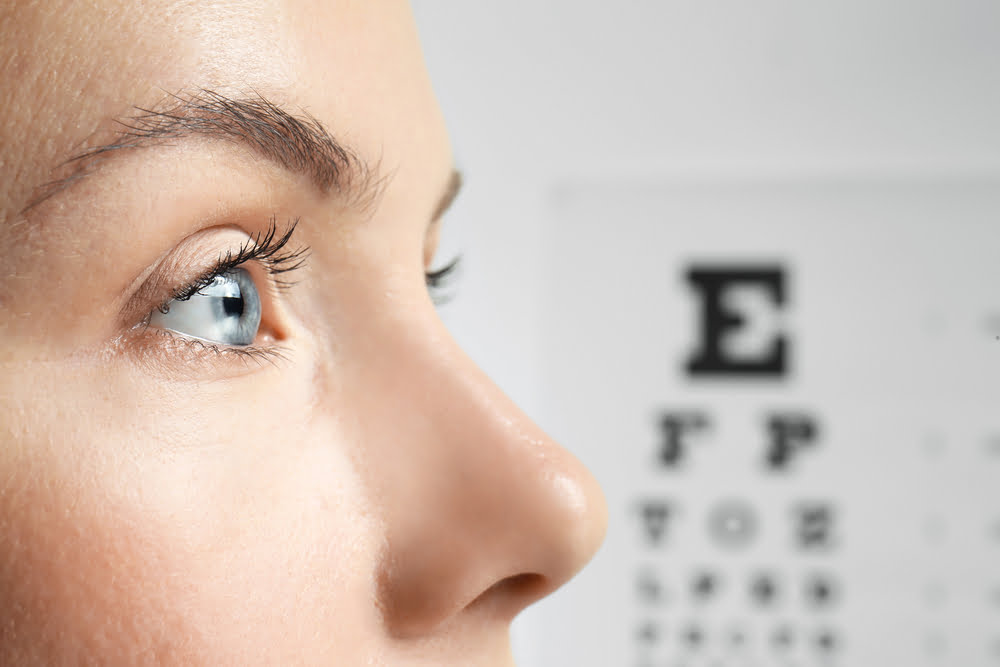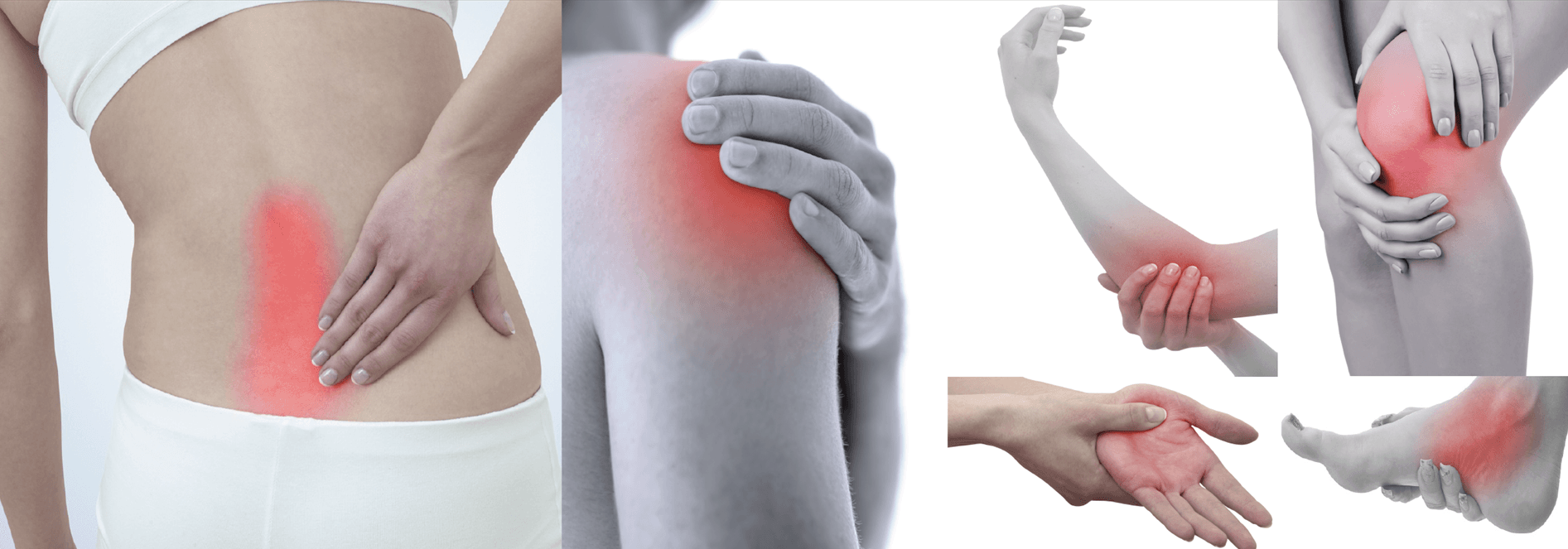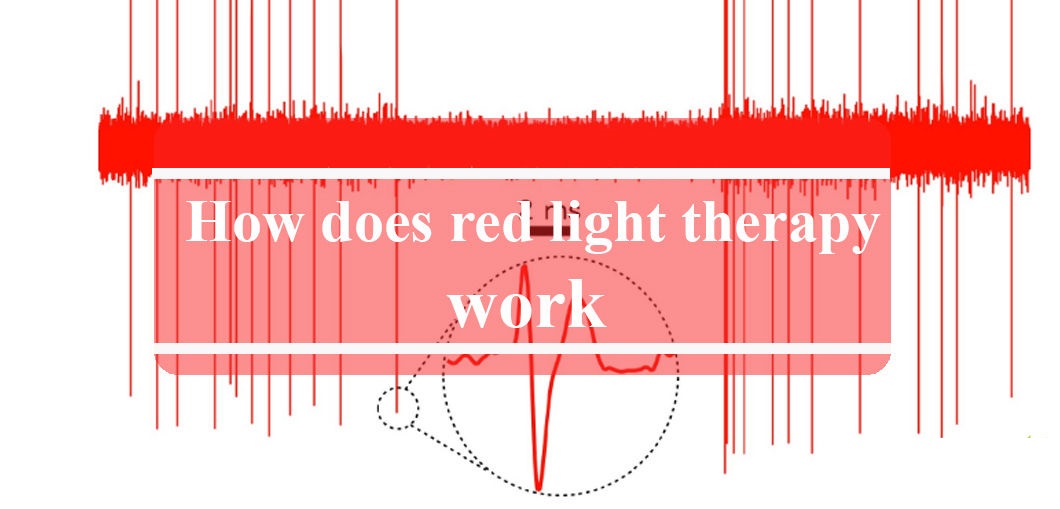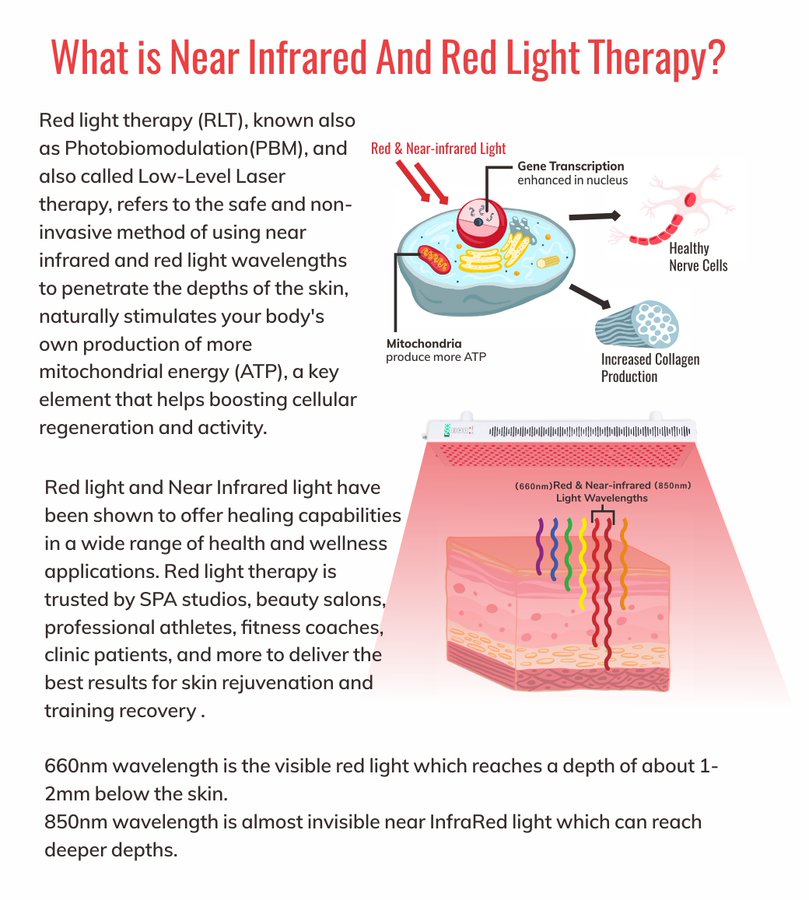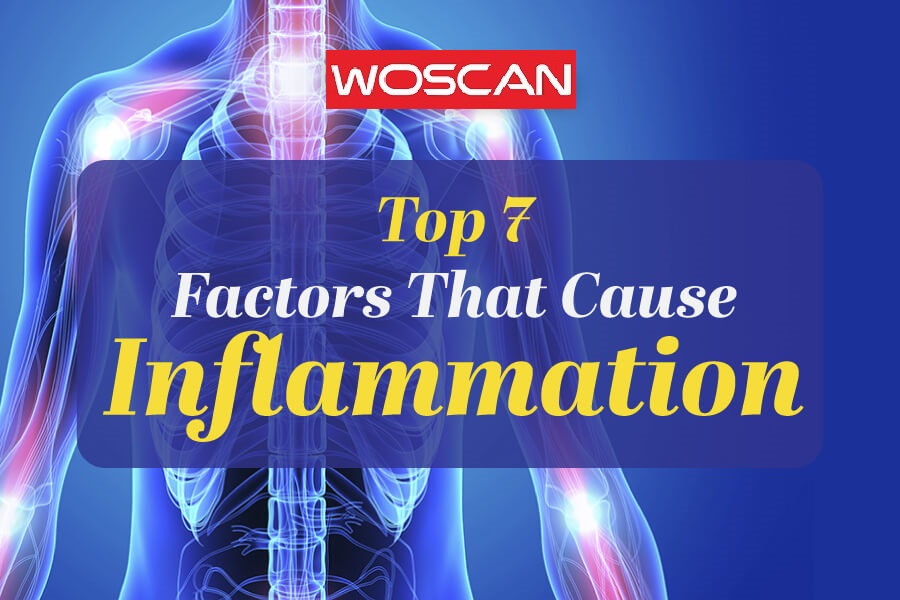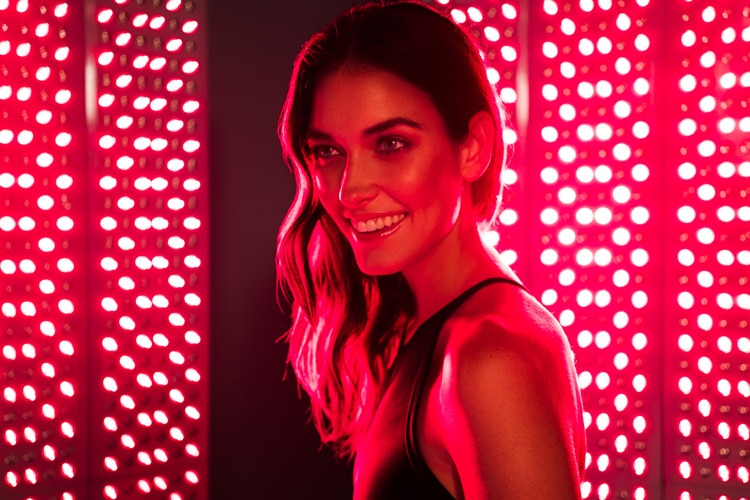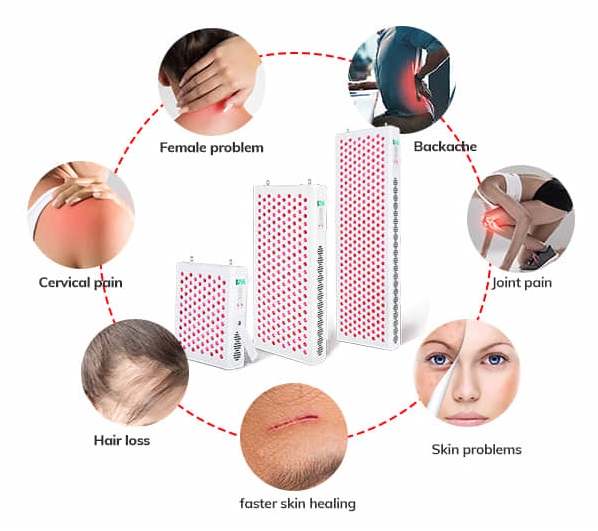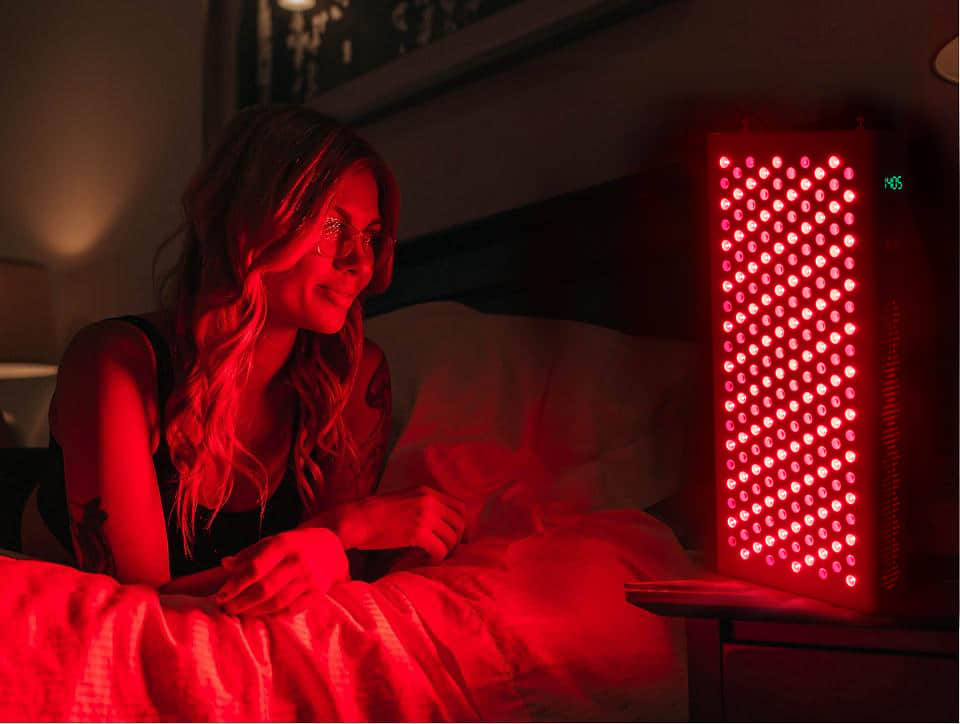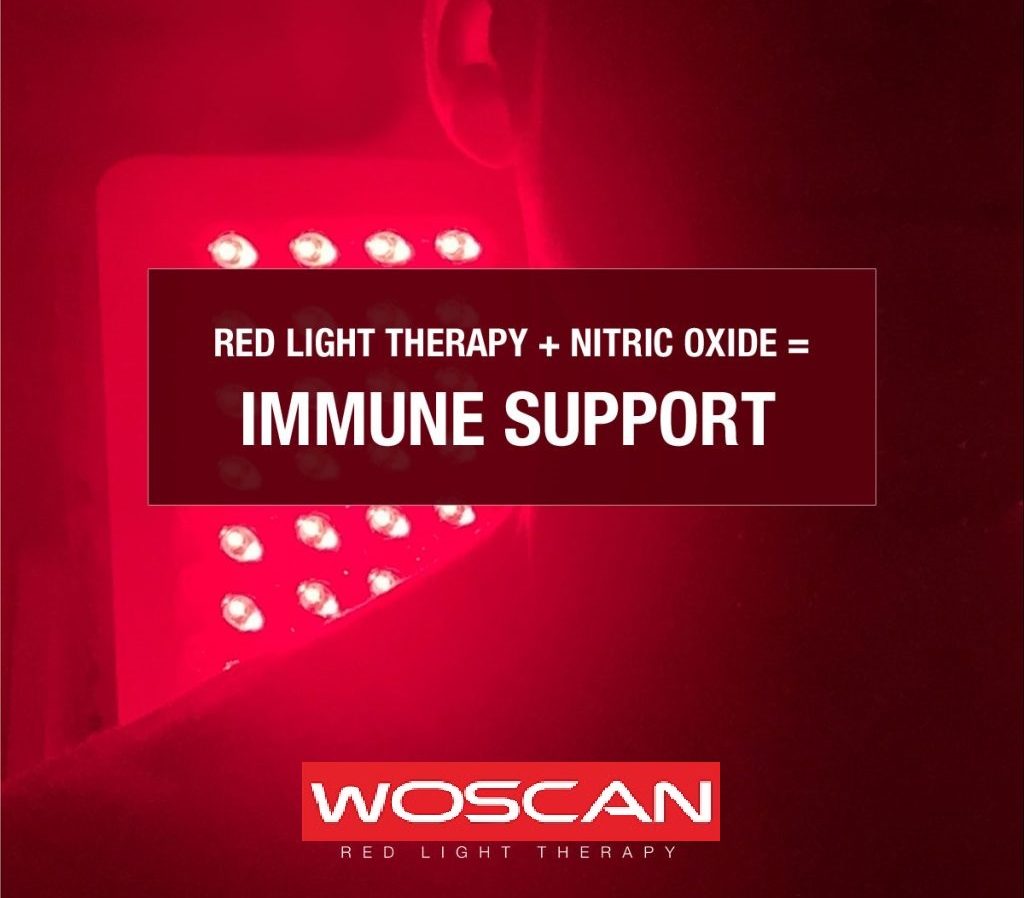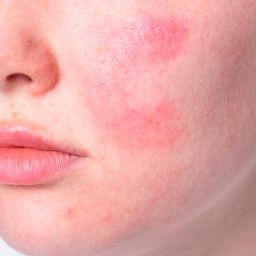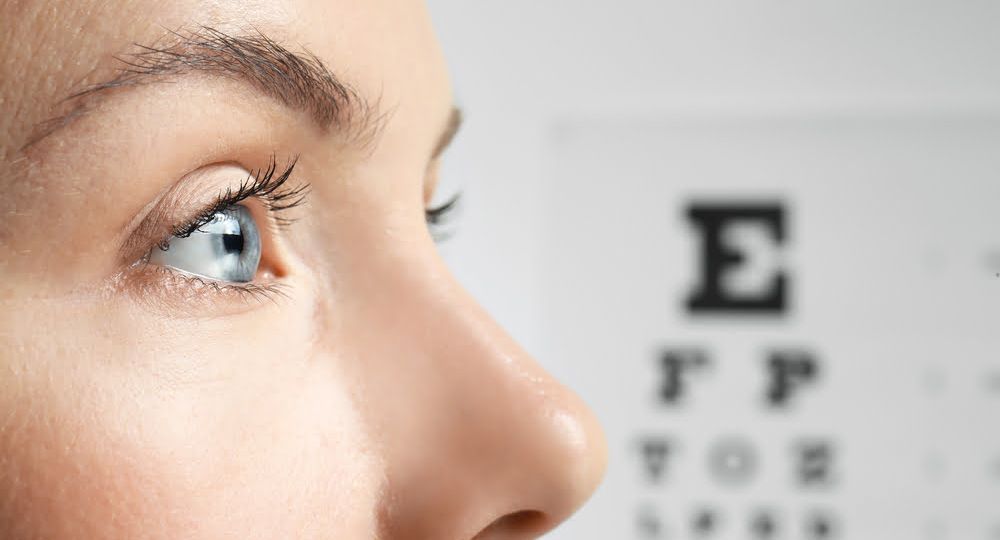
In the realm of modern wellness and eye health enhancement, the spotlight often shines brightly on the vitality of our bodies. We carefully consider the nutrients we consume, the exercises we engage in, and the sleep we get to maintain peak physical health. But among this diligent attention to well-being, we sometimes overlook the remarkable significance of our eyes. The intricate workings of our visual system are crucial, and nurturing eye health is a vital part of overall wellness.
Red Light Therapy (RLT), is a groundbreaking approach that has been gaining recognition for its potential to support and enhance eye health. In this comprehensive guide, we will delve into the intriguing science behind RLT’s effects on ocular well-being, unveiling the biological, scientific, and technical aspects of its mechanism of action.
This therapy is also known as photobiomodulation. This term might sound complex, but it simply refers to the process by which light, particularly in the red and near-infrared spectra, interacts with our cells to stimulate specific biological responses. In the context of RLT, it’s the catalyst for the potential benefits it can offer to your eyes.
Over the course of this article, we will explore the remarkable synergy between light and biology, as well as how RLT harnesses the power of photobiomodulation to promote eye health. We’ll uncover the scientific research supporting these claims, discuss practical ways to incorporate RLT into your eye care routine, and set realistic expectations for what this therapy can achieve.
So, if you’ve ever wondered about the science behind RLT and how it can benefit your eyes, read on. Together, we’ll shine a light on the fascinating world of Red Light Therapy for eye health, illuminating the path to clearer, brighter vision and a deeper understanding of its mechanism of action.
Understanding Red Light Therapy
Red Light Therapy, often abbreviated as RLT, is a non-invasive therapeutic technique that involves exposing the body’s tissues to low-level red and near-infrared light. This therapy is grounded in the principles of photobiomodulation, a complex yet fascinating biological process where specific wavelengths of light interact with cellular components, particularly the mitochondria, to stimulate various beneficial physiological responses.
The roots of RLT can be traced back to ancient civilizations, where sunlight was recognized for its healing properties. However, it wasn’t until the 20th century that scientists began to explore and understand the potential therapeutic applications of specific light wavelengths. Notably, in the 1960s, Endre Mester, a Hungarian physician, conducted groundbreaking research on the effects of laser light on skin tissue regeneration, inadvertently laying the foundation for modern RLT.
Before delving into the intricacies of RLT, it’s essential to distinguish it from other forms of light therapy. Light therapy can encompass a wide range of techniques, each utilizing different wavelengths of light for specific purposes. These therapies include:
- Ultraviolet (UV) Light Therapy: Used primarily for skin conditions like psoriasis and vitiligo, UV light therapy involves exposure to a narrow range of ultraviolet wavelengths.
- Blue Light Therapy: Employed for conditions such as acne and mood disorders, blue light therapy utilizes shorter wavelengths within the visible light spectrum.
- Photodynamic Therapy (PDT): Combining light with photosensitive drugs to treat certain cancers and skin conditions.
- Red Light Therapy (RLT): Our focus here, RLT employs red and near-infrared light, wavelengths that penetrate deeper into tissues and have been associated with a wide range of therapeutic benefits.
Now, let’s dive into the biological and scientific mechanisms that underpin RLT’s effectiveness. At the heart of RLT’s action lies photobiomodulation, a process where photons (particles of light) are absorbed by cellular structures, notably the mitochondria, within the body’s tissues.
PHOTOBIOMODULATION: THE BIOLOGICAL MECHANISM BEHIND RLT
Within the mitochondria, the powerhouse of our cells, photons are absorbed by cytochrome c oxidase, a key enzyme in the electron transport chain. This absorption triggers a cascade of events, including increased production of adenosine triphosphate (ATP), the primary source of cellular energy.
EXPLANATION OF WAVELENGTHS, ESPECIALLY RED AND NEAR-INFRARED
The effectiveness of RLT is attributed to its utilization of specific wavelengths, predominantly in the red (around 630-660 nanometers) and near-infrared (around 810-850 nanometers) spectra. These wavelengths are chosen because they can penetrate into the skin and tissues without causing harm, allowing them to interact with cellular components.
ACTIVATION OF MITOCHONDRIAL PROCESSES AND CELLULAR ENERGY PRODUCTION
As photons are absorbed by cytochrome c oxidase, it prompts an increase in ATP production, which in turn enhances cellular metabolism, repair, and regeneration. This boost in energy production has a profound impact on various biological processes, including those within the eye.
The Link between RLT and Eye Health
Before delving into the specific benefits of Red Light Therapy (RLT) for eye health, it’s essential to understand the complex structure of the human eye and the challenges it faces over time. Our eyes are a remarkable sensory organ, but they are not impervious to the effects of aging and external factors. As we age, the risk of eye conditions such as age-related macular degeneration (AMD), glaucoma, and dry eye syndrome increases, making the preservation of ocular health a top priority.
The scientific community has been increasingly intrigued by the potential of RLT in promoting eye health. Numerous studies have explored its effects on various eye conditions, shedding light on the promising outcomes it can offer.
AGE-RELATED MACULAR DEGENERATION (AMD)
One noteworthy study, titled “A Double-Masked, Randomized, Sham-Controlled, Single-Center Study With Photobiomodulation For The Treatment Of Dry Age-Related Macular Degeneration,” presented compelling evidence. It reported that “Photobiomodulation treatment statistically improved clinical and anatomical outcomes with more robust benefits observed in subjects with earlier stages of dry age-related macular degeneration.”[1] This suggests that RLT may have a positive impact on the progression of AMD, particularly in its early stages.
MYOPIA CONTROL
Another exciting avenue of research focuses on myopia, or nearsightedness, especially in children. A study titled “Effect of Repeated Low-Level Red-Light Therapy for Myopia Control in Children: A Multicenter Randomized Controlled Trial” revealed intriguing findings. It stated that “Repeated low-level red-light therapy is a promising alternative treatment for myopia control in children with good user acceptability and no documented functional or structural damage.”This suggests that RLT could potentially play a role in managing myopia in young individuals, offering a non-invasive and well-tolerated approach.
Potential Applications for Common Eye Conditions
Building upon these research findings, RLT holds promise for addressing several common eye conditions:
- Age-Related Macular Degeneration (AMD): As highlighted in the study, RLT may help slow the progression of AMD, particularly in its early stages, by supporting retinal health and reducing oxidative stress.
- Glaucoma: While more research is needed, some studies suggest that RLT’s ability to improve blood circulation and reduce inflammation could be beneficial for individuals with glaucoma.
- Dry Eye Syndrome: RLT’s potential to stimulate cellular activity and enhance tear production may provide relief to those suffering from dry eye syndrome, improving overall ocular comfort.
- Eye Fatigue and Computer Vision Syndrome: Many individuals experience eye strain due to prolonged screen time. RLT may help alleviate symptoms of eye fatigue and computer vision syndrome by promoting eye tissue recovery and relaxation.
How to Incorporate RLT into Your Eye Care Routine
Now that we’ve explored the compelling link between Red Light Therapy (RLT) and eye health, let’s delve into the practical aspects of incorporating RLT into your eye care routine. Understanding how to use this therapy effectively is crucial to reap its potential benefits.
CHOOSING THE RIGHT RLT DEVICE
Before beginning your RLT journey, it’s essential to select the right therapy device. Here are some considerations:
- Home Devices vs. Professional Treatments: You have the option of using RLT devices at home or seeking professional RLT sessions at a clinic. Home devices offer convenience, while professional treatments may provide more controlled and monitored experiences.
- Device Specifications and Recommended Wavelengths: Select devices that emit red and near-infrared wavelengths within the range of 660-810 nanometers (for this condition). These wavelengths are ideal for promoting photobiomodulation, the biological mechanism behind RLT. Let’s explore our wavelength chart for specific conditions.
SETTING UP A SAFE AND EFFECTIVE RLT ROUTINE
Once you have your RLT device, it’s crucial to establish a safe and effective routine. Here are some guidelines:
- Proper Distance and Duration: Follow the manufacturer’s recommendations for the optimal distance between the device and your eyes. Generally, a distance of 6-12 inches is recommended. Session durations typically range from 5 to 20 minutes, depending on the device’s specifications.
- Frequency and Consistency: Consistency is key to achieving potential benefits. Start with a frequency of 2-3 times per week and gradually adjust based on your comfort and response. Regular, consistent use over an extended period is often more beneficial than infrequent, prolonged sessions.
INTEGRATING RLT WITH OTHER EYE CARE PRACTICES
To maximize the benefits of RLT for your eye health, consider integrating it with other eye care practices:
- Healthy Diet and Supplements: A balanced diet rich in nutrients like vitamins A, C, and E, as well as antioxidants, can support overall eye health. Discuss any supplements with your healthcare provider.
- Regular Eye Exams and Consultations: Continue to schedule routine eye exams with an optometrist or ophthalmologist. RLT can complement these visits but should not replace them.
By following these guidelines and integrating RLT into your eye care routine, you can harness the potential of this therapy to support and enhance your ocular well-being. Remember that individual responses may vary, so patience and consistency are key to achieving the desired results. As we progress in this guide, we will address realistic expectations and results to help you gauge the impact of RLT on your eye health.
In the quest for optimal health and well-being, our eyes often stand as silent sentinels, faithfully capturing the world’s beauty and wonder. Yet, the intricacies of ocular health are not immune to the inexorable march of time and the influences of our environment. Age-related macular degeneration, glaucoma, dry eye syndrome, and myopia are just a few of the challenges that can cast shadows over our visual clarity and comfort.
Red Light Therapy (RLT), a therapy grounded in the fascinating and scientifically backed world of photobiomodulation. This biological mechanism, which involves the absorption of specific wavelengths of red and near-infrared light by cellular structures, holds the promise of supporting and enhancing eye health in remarkable ways.
As we’ve journeyed through this comprehensive guide, we’ve illuminated the path to a deeper understanding of RLT’s potential for eye health. We’ve explored how RLT’s gentle touch on a cellular level can activate mitochondrial processes, enhance cellular energy production through adenosine triphosphate (ATP), and contribute to the rejuvenation of ocular tissues.
Scientific studies, including one demonstrating RLT’s benefits for dry age-related macular degeneration, have underscored the promise of this therapy. Additionally, RLT has emerged as a promising alternative for myopia control in children, with no documented functional or structural damage.
Embracing RLT as a complementary approach to your holistic eye care routine is an exciting prospect. It’s a non-invasive and well-tolerated therapy that can work synergistically with your existing practices. By selecting the right RLT device, establishing a safe and consistent routine, and integrating RLT with healthy lifestyle choices, you can embark on a journey to nurture and fortify your visual well-being.
In closing, let the light of knowledge guide your path towards vibrant eye health. RLT stands as a beacon of hope and possibility, illuminating the way to clearer, brighter vision and a deeper appreciation of the marvelous mechanisms that sustain our eyes in the world’s ever-changing embrace.
[1] Markowitz SN, Devenyi RG, Munk MR, Croissant CL, Tedford SE, Rückert R, Walker MG, Patino BE, Chen L, Nido M, Tedford CE. A DOUBLE-MASKED, RANDOMIZED, SHAM-CONTROLLED, SINGLE-CENTER STUDY WITH PHOTOBIOMODULATION FOR THE TREATMENT OF DRY AGE-RELATED MACULAR DEGENERATION. Retina. 2020 Aug;40(8):1471-1482. doi: 10.1097/IAE.0000000000002632. PMID: 31404033; PMCID: PMC7392581.
[2] Jiang Y, Zhu Z, Tan X, Kong X, Zhong H, Zhang J, Xiong R, Yuan Y, Zeng J, Morgan IG, He M. Effect of Repeated Low-Level Red-Light Therapy for Myopia Control in Children: A Multicenter Randomized Controlled Trial. Ophthalmology. 2022 May;129(5):509-519. doi: 10.1016/j.ophtha.2021.11.023. Epub 2021 Dec 1. PMID: 34863776.


